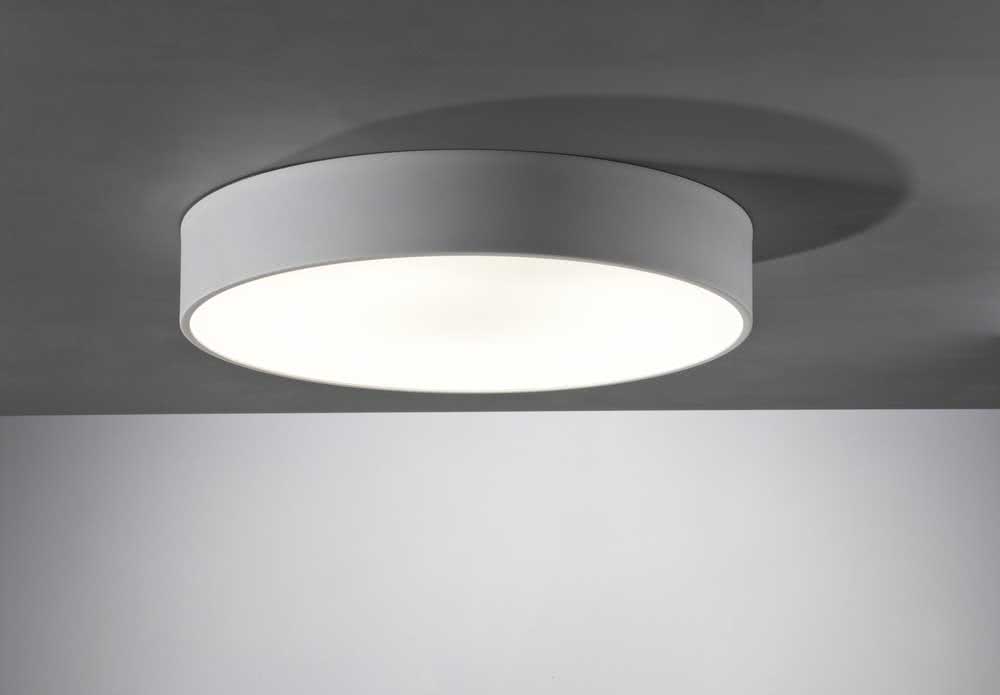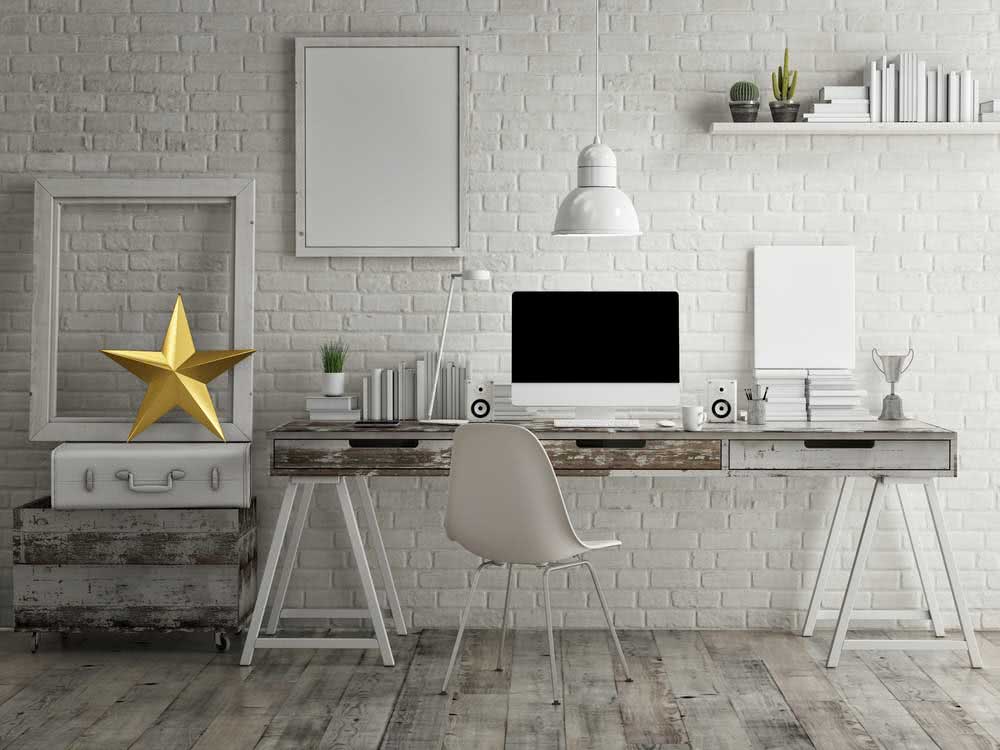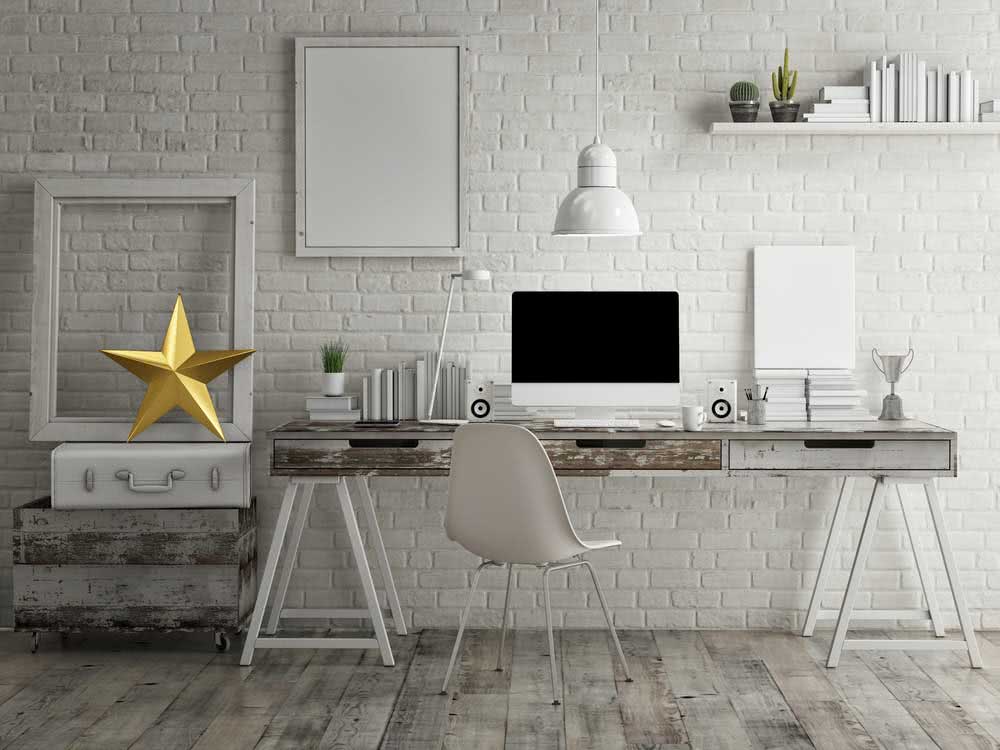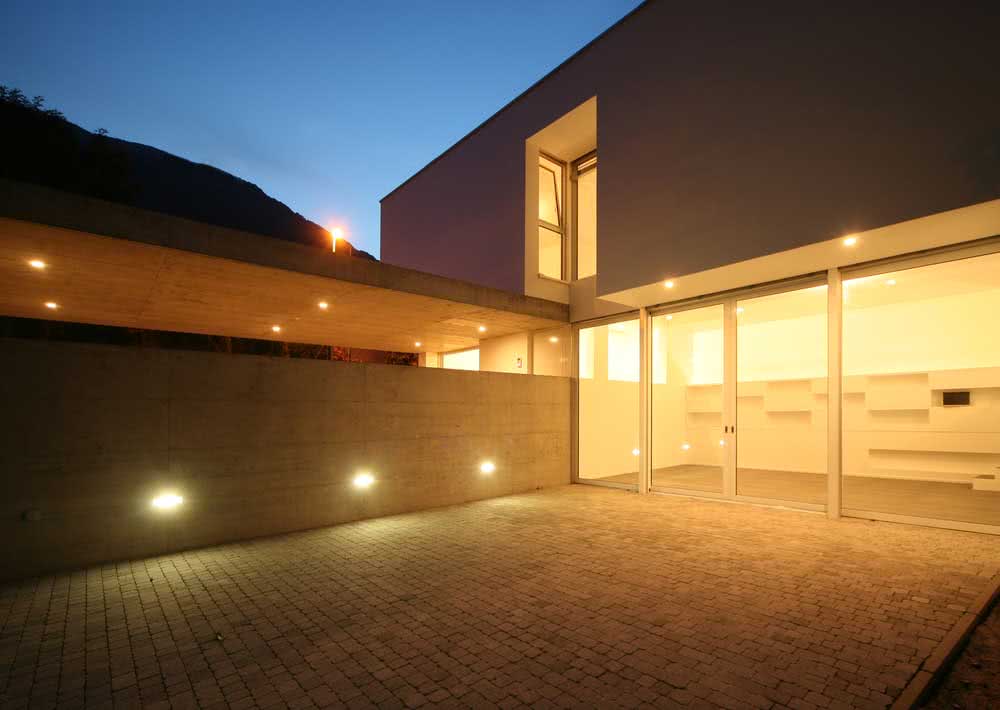A cozy, modern, comfortable and rich-looking house must go through the lighting design and, of course, the correct choice of each type of lighting.
So it is! This important part of the composition of the environments needs special attention. And if you haven’t thought about it yet, it’s about time.
After all, you can even create a fantastic decoration, but without the proper lighting you will surely end up with that feeling that something is missing.
So let’s better understand this subject and discover the different types of lighting that you can use there in your home?
Importance of lighting design
In a simple way, we can say that the lighting design is the icing on the cake of any decoration. She is the one who will guarantee that incredible touch of style, comfort and drama.
However, it is important to remember that lighting is also a fundamental part of the functionality of the rooms in the house. That is, it also plays a practical and extremely useful role in everyday life.
The lighting project must always be carried out at the beginning of the construction or renovation work, because the vast majority requires a breaker and built-in installations and you will not want to deal with this mess after everything is ready.
Therefore, the sooner you carry out this planning the better. However, if unfortunately this stage was missed during the work, know that it is still possible to make improvements in lighting from accessories and other elements that can be easily installed in the room, such as lamps, lamps and LED strips.
But do not worry that we will explain all of this in detail below and present you with lighting solutions and ideas for each environment.
Types of lighting and how to choose
There are basically eight types of lighting that can be adopted in your home. However, it is important to note that you do not need to use all options in a single environment.
Therefore, the first step is to define the lighting needs of each room, in addition to assessing the use that residents make of that space, since each family has different needs.
A good example is the living room. This is one of the most plural environments in the house, a place where residents get together for countless activities, from welcoming visitors, watching TV, reading and even working and studying. And for each of these activities it is important to have a different lighting.
Here are the types of lighting you can use in your home:
Direct lighting
Direct lighting, as its name suggests, is that which directly illuminates a specific place or object. This type of lighting is also often called a back-up light.
White light is also preferred in this case, as it has a greater illumination power and favors concentration.
Where and how to use direct lighting
Direct lighting can be used in any environment where targeted lighting is required, especially for performing tasks.
Luminaires (ceiling or table), lamps and chandeliers are the most common means of achieving this type of lighting.
In the kitchen, for example, it can be used on the food preparation counter. In the dining room, the direct lighting is perfect for the dining table, bringing a special light to the moment of meals.
In rooms, direct lighting is usually added by pendant lamps next to the bed, being indicated for readings, for example. The same goes for living rooms. In that case, the direct light can be installed on the side table or come from a lamp.
Direct light in the home office is indicated to facilitate night work and must be directed on the work bench.
The bathroom is another point in the house that takes advantage of this type of lighting. It can be installed next to the mirror, increasing the luminosity for the moment of personal care, such as shaving, fixing the hair or doing the makeup.
Indirect lighting

Indirect lighting is used to create points of light in the environments, but without the objective of clarifying them. This type of light is usually installed on the ceiling in the form of directional spots.
It is perfect for creating intimate and cozy climates.
Where and how to use indirect lighting
Indirect lighting goes very well in social environments, aimed at rest and relaxation. For this very reason it ends up being widely used in living rooms, dining rooms and bedrooms.
You can bring indirect lighting to your home through directable spots on the ceiling or embedded in plaster moldings.
Another good alternative are the LED strips, including, this is a good option for those who have already completed the work and do not want to make a breaker.
A tip: the ideal is that the surfaces where the indirect light will be reflected are white or transparent, so that the lighting can be evenly distributed throughout the environment.
Diffuse lighting

Diffuse lighting is the most popular of all and the most common in homes. This type of light is the one installed in the center of the ceiling, popularly also known as central light.
Diffuse lighting brightens the room smoothly and evenly without generating shadows or contrasts.
Where and how to use diffused lighting
Diffuse lighting can and should be used in all areas of the house, from the bedroom to the bathroom, through the living room and kitchen.
Diffused light can be obtained by ceiling lights (built-in or overlapping) and lamps close to the ceiling.
Accent lighting

The accent lighting, as you may already imagine, has the purpose of highlighting and enhancing the decoration, including furniture, works of art, collections or textures and different effects on the wall.
Where and how to use accent lighting
The best way to achieve accent lighting is through indirect light that can be achieved with LED strips and spots. The differential of this lighting is in the places where these light sources are installed, since the spots, for example, can be placed inside niches where the intention is to highlight a collection, for example.
Task lighting

Task lighting is widely used to improve visibility when performing manual or reading tasks.
Where and how to use task lighting
This type of lighting is suitable for environments such as home office, atelier, garages or environments that need an extra supply of light, even the kitchen in case of any more detailed or detailed preparation.
To get the task light, bet on lampshades, table or floor lamps.
Security lighting
The security lighting serves to improve the visibility of the residence avoiding possible accidents and even offering protection against theft and robbery.
Where and how to use safety lighting
This type of lighting can be used inside and outside the home. A very interesting way of betting on this type of light is with automatic activation systems, where the lights are switched on alone whenever the sensor detects the presence of someone in the environment.
Passage or signaling lighting
Passage lighting is very common in corridors, stairs and outdoor areas. They serve to drive and guide people during the night in order to protect them from accidents, such as falls, for example.
Where and how to use walkway or signaling lighting
To use walkway lighting, bet on floor spots, beacons and LED strips around the path you want to highlight and signal.
External lighting

Every home needs good external lighting, either to enhance the façade or to increase the safety of residents and even the neighborhood.
Where and how to use external lighting
External lighting can be applied to gardens, walls, sidewalks, on top of balconies and overhangs, in addition to the entrance to garages.
This type of lighting can be done with floor spots and reflectors, in the case of gardens and paths, sconces and spots, for walls and overhangs.
Tips for perfect lighting
- Always prefer LED lamps that are more economical, durable and sustainable.
- Cold colored lamps, such as white, are indicated for direct, task and diffuse lighting. Warm colored lamps, like yellow ones, are ideal for indirect and accent lighting, as they are more cozy and comfortable.
- Use equipment and lamps suitable for outdoor use, so you avoid electric shocks and short circuits.
- Be careful with the height of the lamps and fixtures so that they do not create unwanted shade spots or hinder the passage. For coffee tables, for example, the ideal is to install them at a minimum height of 1.50 m from the floor, for dining tables, the lamps should be about 0.70 cm above the table.
- Whenever possible, prefer spotlights and targetable luminaires, as they offer greater possibilities for lighting and decoration.
- Use about three different types of lighting for each environment. For example, the room may have a design that contemplates, at the same time, direct, diffuse and indirect lighting.



